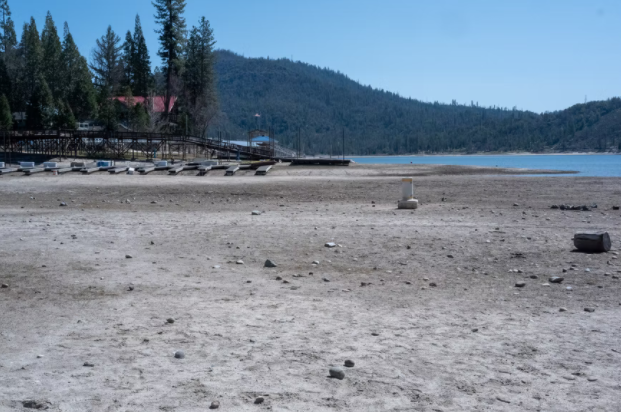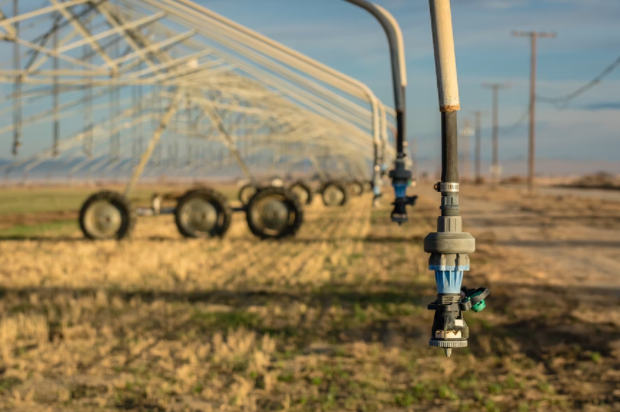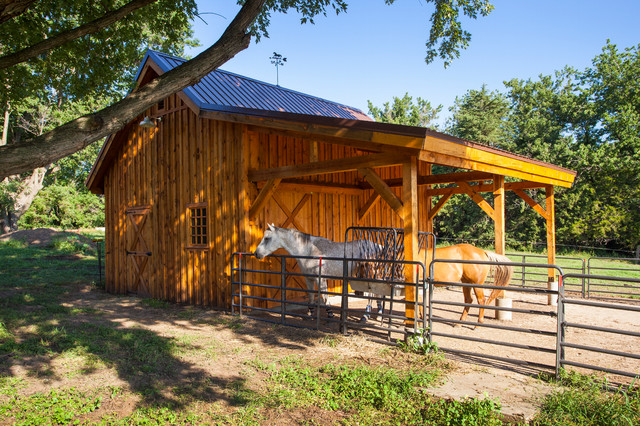How to Prepare Your Household for Summer if You Live in the Drought Area

So you live in a dry area? Here are some tips to prepare for a summer drought!

Photos By: Unsplash
The summer drought is an annual event that plagues many parts of the United States. In fact, 33 states usually experience some level of drought, and it’s important to be prepared if you live in one of these areas. A drought is a period of time when there is not enough water available to meet the needs of people, plants, and animals. Droughts can be caused by a lack of rain, high temperatures, or both. So how can you prepare your household for summer if you live in a drought area? Well, luckily, there are a few things you can do.
Install Water-efficient Appliances
Living in a drought area can be difficult, especially during the summer months. However, there are ways that you can prepare your household for summer. One way is to install water-efficient appliances. This includes water tanks, water heaters, and washing machines. Installing these appliances can help you save water and money.
Water tanks are a great way to store water for emergencies or for times when water is scarce. You can buy water tanks in different sizes, and materials depending on your needs. Moreover, these tanks can be installed inside or outside your home.
Don’t Waste Water
One of the best ways to start preparing for summer is to get into the habit of not wasting water. Here are some tips on not wasting water. Fix any leaks that you may have in your house. Don’t run the water unnecessarily, for example, don’t leave the water running when you are brushing your teeth. Take shorter showers. If you have a garden, try to use a watering can instead of a hose.
There are many ways that you can help to conserve water, and by doing so you will be helping to prepare your household for summer. By conserving water now, we can all help to make sure that there is enough available for everyone this summer.
Try Harvesting Rainwater
One way to help prepare your household for summer is by harvesting rainwater. Harvesting rainwater can provide your household with a reliable source of water that you can use to irrigate your garden, wash your car, or fill up your pool. It can also help reduce your monthly water bill.
There are several ways to harvest rainwater. You can install a rain barrel, use a gutter system to divert the water into a rain garden, or catch the water in a cistern.
If you are interested in harvesting rainwater but are not sure how to get started, there are several resources available online.
Cover The Pool
If you have a pool, now is the time to cover it. By covering your pool, you can help keep it clean and minimize evaporation. You can also use a pool cover to keep debris from falling into the water. When choosing a pool cover, be sure to select one that is made of durable material. The cover should also be able to withstand the weight of snow and ice.
Be sure to follow the manufacturer’s instructions for installing and using your pool cover. One way to help conserve water is to cover your pool. A pool cover can help keep debris from falling into the water, which can minimize the amount of cleaning you have to do. It can also help keep the water clean and minimize evaporation. Pool covers come in a variety of materials, so be sure to select one that is made of a durable material and can withstand the weight of snow and ice. Remember to also follow the manufacturer’s instructions for installing and using your pool cover.
Use Mulch To Retain Moisture In The Soil
Mulching is a simple and affordable way to keep your soil healthy and retain moisture during the hot summer months. By layering organic material such as leaves, bark, or straw over the top of your soil, you can prevent water from evaporating and help keep the ground cool. Not only does mulching help your plants stay hydrated, but it can also discourage weed growth and improve the overall health of your garden.
To mulch your garden, start by taking away any debris or weeds that are present on the soil surface. Then, spread a layer of organic material over the entire area. You can either use a rake to distribute the mulch evenly, or you can simply let it fall where it may. Continue to add more mulch as needed, being sure to keep the layer at least 3 inches thick. If you’re having a hard time finding organic material to use as mulch, you can purchase it from a garden center.

Install a Smart Irrigation System For Your Yard
One of the best ways to prepare your household for summer is to install a smart irrigation system for your yard. A smart irrigation system helps conserve water by adjusting watering times and amounts based on local weather conditions, so you can save water and money.
To install a smart irrigation system, first determine your landscape’s watering needs. You can do this by checking your landscape’s watering requirements or by using a free online watering calculator like the one offered by the Irrigation Association.
Once you know your landscape’s watering needs, select a smart irrigation controller that meets those needs. There are many different types of smart irrigation controllers on the market, so be sure to select one that is compatible with your landscape and the weather in your area. After selecting a controller, install it according to the manufacturer’s instructions. Be sure to follow all local codes and regulations as well.
Check Your Well Pump Periodically
If you live in a drought area, it is important to check your well pump periodically to ensure that it is in good working order. A faulty well pump can lead to water shortages and other problems.
If you find that your well pump is not working properly, you should call a professional to fix it. Failing to do so can lead to water shortages and other problems. By checking your well pump periodically, you can help ensure that your household has plenty of water during the hot summer months.
Here are some tips on how to check your good pump:
- Make sure the pump is turned off and disconnected from the power supply.
- Remove the lid of the pump housing.
- Check that the impeller is free of debris and that the water level in the housing is below the impeller.
- Reconnect the power supply and turn on the pump.
- Check for leaks around the pump housing.
- Listen to the pump motor to make sure it is running smoothly.
- Run water from a faucet to check for proper water pressure.
Living in a drought area can be difficult during the summer months. However, by taking these simple steps, you can help ensure that your household is prepared for the hot weather.






